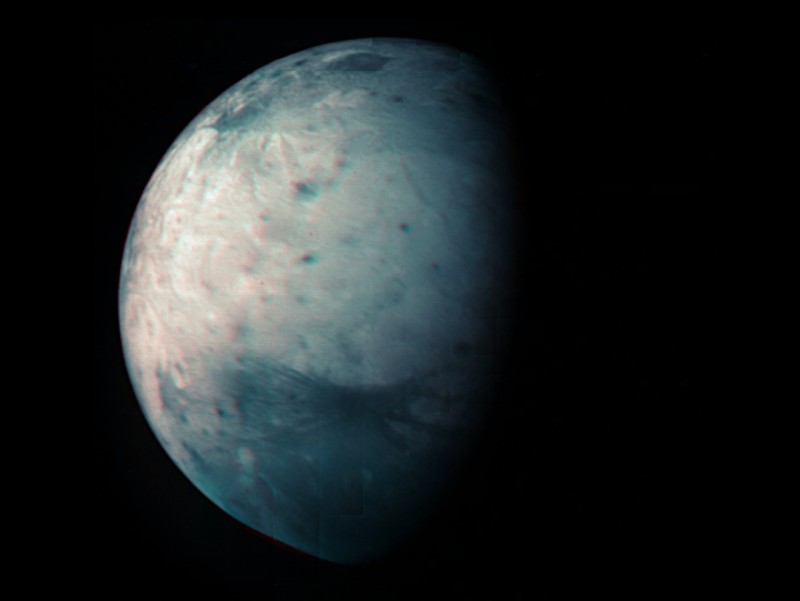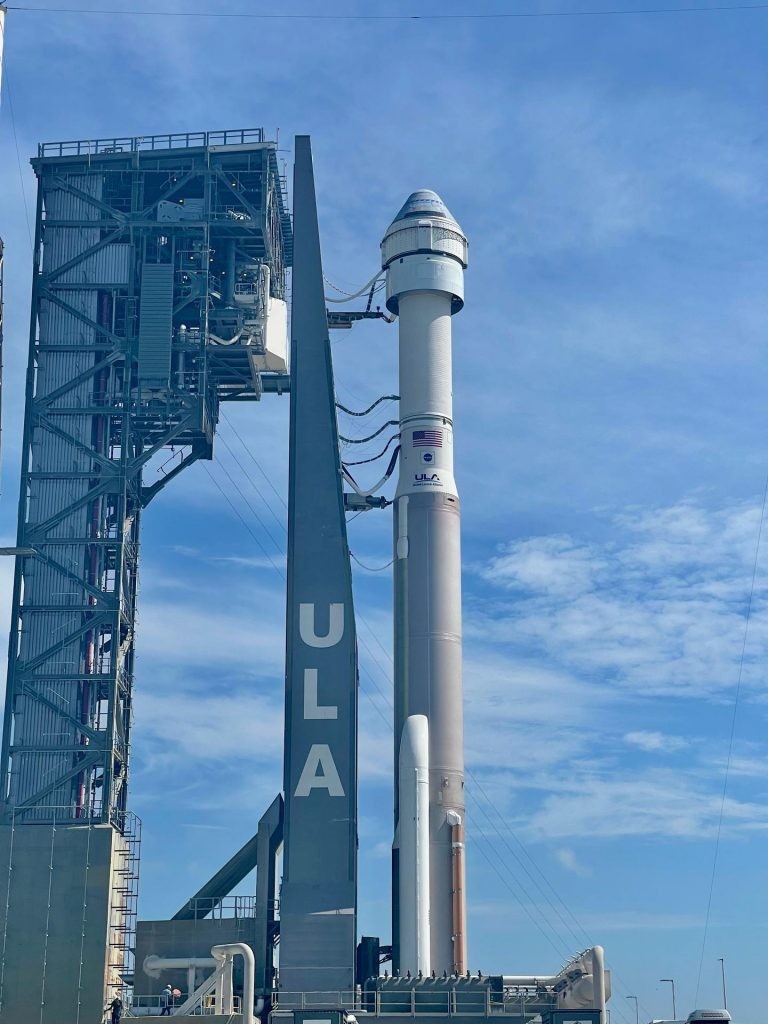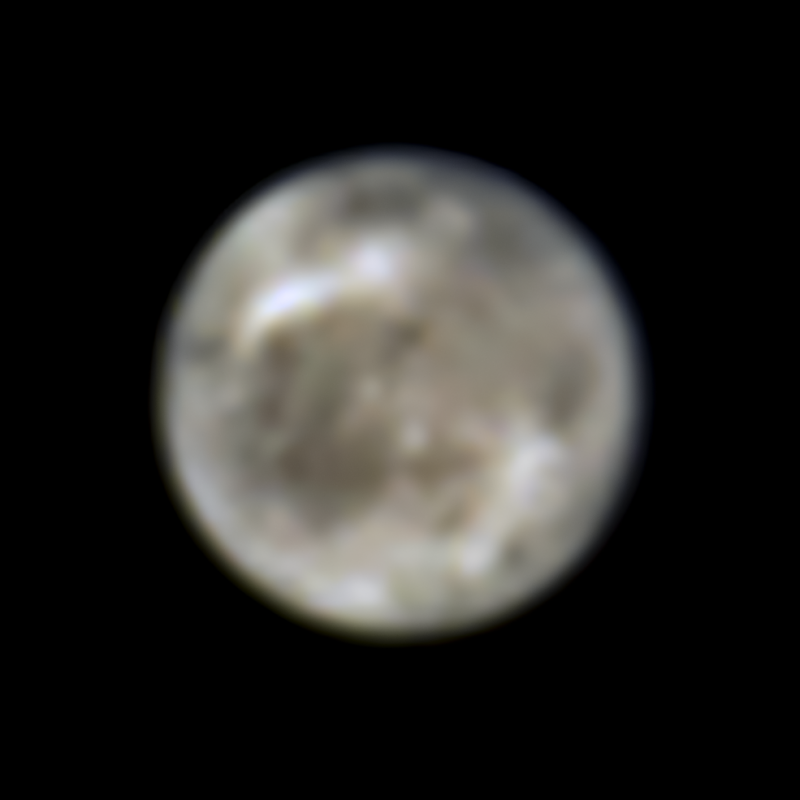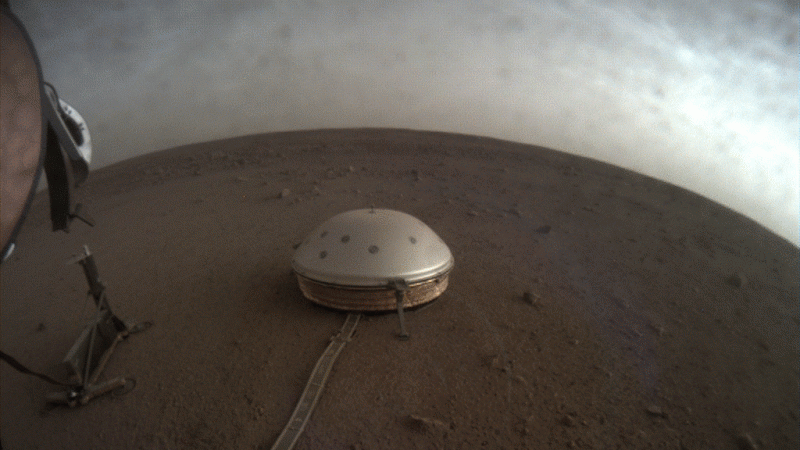News
NASA’s Juno Celebrates 10 Years With New Infrared View of Moon Ganymede
Friday, August 6th 2021 08:10 PM
This infrared view of Jupiter’s icy moon Ganymede was obtained by the Jovian Infrared Auroral Mapper (JIRAM) instrument aboard NASA’s Juno spacecraft during its July 20th, 2021, flyby. Credit: NASA/JPL-Caltech/SwRI/ASI/INAF/JIRAM
This annotated map of Ganymede depicts the areas of the Jovian moon’s surface that were imaged by the Juno spacecraft’s JIRAM instrument during two recent close approaches of the moon. Credit: NASA/JPL-Caltech/SwRI/ASI/INAF/JIRAM/USGS
The spacecraft used its infrared instrument during recent flybys of Jupiter’s mammoth moon to create this latest map, which comes out a decade after Juno’s launch.
The science team for NASA’s Juno spacecraft has produced a new infrared map of the mammoth Jovian moon Ganymede, combining data from three flybys, including its latest approach on July 20. These observations by the spacecraft’s Jovian Infrared Auroral Mapper (JIRAM) instrument, which “sees”...
Read More
Read More
Stars Are Exploding in Dusty Galaxies. We Just Can’t Always See Them
Thursday, August 5th 2021 04:06 PM
The image shows galaxy Arp 148, captured by NASA's Spitzer and Hubble telescopes. Specially processed Spitzer data is shown inside the white circle, revealing infrared light from a supernova hidden by dust. Credit: NASA/JPL-Caltech Full Image Details
Exploding stars generate dramatic light shows. Infrared telescopes like Spitzer can see through the haze and to give a better idea of how often these explosions occur.
You’d think that supernovae – the death throes of massive stars and among the brightest, most powerful explosions in the universe – would be hard to miss. Yet the number of these blasts observed in the distant parts of the universe falls way short of astrophysicists’ predictions.
A new study using data from NASA’s recently retired Spitzer Space Telescope reports the detection of five supernovae that, going undetected in optical light, had never been seen before. Spitzer saw the universe in infrared light, which pierces through dust cl...
Read More
Read More
NASA Model Describes Nearby Star which Resembles Ours in its Youth
Wednesday, August 4th 2021 04:26 PM
New research led by NASA provides a closer look at a nearby star thought to resemble our young Sun. The work allows scientists to better understand what our Sun may have been like when it was young, and how it may have shaped the atmosphere of our planet and the development of life on Earth.
Many people dream of meeting with a younger version of themselves to exchange advice, identify the origins of their defining traits, and share hopes for the future. At 4.65 billion years old, our Sun is a middle-aged star. Scientists are often curious to learn exactly what properties enabled our Sun, in its younger years, to support life on nearby Earth.
Illustration of what the Sun may have been like 4 billion years ago, around the time life developed on Earth.
Without a time machine to transport scientists back billions of years, retracing our star’s early activity may seem an impossible feat. Luckily, in the Milky Way galaxy – the glimmering, spiraling segment of the uni...
Read More
Read More
NASA Launches X-ray Spectrometer Mission to Probe Mysteries of Solar Corona
Tuesday, August 3rd 2021 04:11 PM
NASA’s Marshall Grazing Incidence X-ray Spectrometer, or MaGIXS, undergoes testing at the X-ray & Cryogenic Facility at NASA’s Marshall Space Flight Center in Huntsville, Alabama, prior to its July 30 launch.
NASA’s MaGIXS sounding rocket mission awaits launch on the pad at White Sands Missile Range in New Mexico. It successfully launched to study the Sun’s corona July 30.
NASA researchers successfully launched a sophisticated X-ray solar imager on a brief but potentially illuminating suborbital flight via sounding rocket to gather new insight regarding how and why the Sun’s corona grows so much hotter than the actual surface of Earth’s parent star.
Developers at NASA’s Marshall Space Flight Center in Huntsville, Alabama, call the mission “MaGIXS” – short for Marshall Grazing Incidence X-ray Spectrometer. It launched from White Sands Missile Range in New Mexico at 2:20 p.m. EDT on July 30.
The M...
Read More
Read More
Perseid Meteor shower to peak around mid-august
Monday, August 2nd 2021 04:32 PM
The Perseids are on the Rise!
It’s time again for one of the biggest meteor showers of the year! The Perseids are already showing up in our night skies—and when they peak in mid-August, it’s likely to be one of our most impressive skywatching opportunities for a while.
In this 30 second exposure taken with a circular fish-eye lens, a meteor streaks across the sky during the annual Perseid meteor shower on Friday, Aug. 12, 2016 in Spruce Knob, West Virginia. Photo Credit: (NASA/Bill Ingalls)
Our meteor-tracking cameras spotted their first Perseid on July 26, but your best chance to see them will start the night of Aug. 11. With the crescent moon setting early, the skies will be dark for the peak viewing hours of midnight (local time) to dawn on Aug. 12.
Perseid activity
This chart shows expected levels of Perseid activity for July and August 2021, relative to the peak on Aug. 11-13, ignoring the effects of the Sun, Moon, and clouds. All times...
Read More
Read More
Earliest Launch Opportunity for NASA’s Boeing OFT-2 Mission is Aug. 3
Friday, July 30th 2021 04:15 PM
Earliest Launch Opportunity for NASA’s Boeing OFT-2 Mission is Aug. 3
On July 29, 2021, Boeing’s CST-100 Starliner spacecraft and the United Launch Alliance Atlas V rocket rolled out of the Vertical Integration Facility to the launch pad at Space Launch Complex-41 on Cape Canaveral Space Force Station in Florida. Photo credit: United Launch Alliance
NASA and Boeing have elected to stand down from Friday’s launch attempt of the agency’s second Orbital Flight Test (OFT-2) mission. Currently, the earliest available launch opportunity is 1:20 p.m. EDT Tuesday, Aug. 3. The International Space Station team will use the time to continue working checkouts of the newly arrived Roscosmos Nauka multipurpose laboratory module (MLM) and to ensure the station will be ready for Starliner’s arrival.
Launch preparations will resume following a final decision from the International Space Station and Commercial Crew Program teams for the next opportunity to send S...
Read More
Read More
NASA’s Webb to Explore a Neighboring, Dusty Planetary System
Wednesday, July 28th 2021 04:44 PM
NASA’s Webb to Explore a Neighboring, Dusty Planetary System
Researchers will use NASA’s upcoming James Webb Space Telescope to study Beta Pictoris, an intriguing young planetary system that sports at least two planets, a jumble of smaller, rocky bodies, and a dusty disk. Their goals include gaining a better understanding of the structures and properties of the dust to better interpret what is happening in the system. Since it’s only about 63 light-years away and chock full of dust, it appears bright in infrared light – and that means there is a lot of information for Webb to gather.
A debris disk, which includes comets, asteroids, rocks of various sizes, and plenty of dust, orbits the star Beta Pictoris, which is blocked at the center of this 2012 image by a coronagraph aboard the Hubble Space Telescope. This is the visible-light view of the system. NASA’s James Webb Space Telescope will view Beta Pictoris in infrared light, both using its coron...
Read More
Read More
Hubble Finds First Evidence of Water Vapor at Jupiter’s Moon Ganymede
Tuesday, July 27th 2021 04:28 PM
Hubble Finds First Evidence of Water Vapor at Jupiter’s Moon Ganymede
For the first time, astronomers have uncovered evidence of water vapor in the atmosphere of Jupiter's moon Ganymede. This water vapor forms when ice from the moon's surface sublimates -- that is, turns from solid to gas.
Scientists used new and archival datasets from NASA's Hubble Space Telescope to make the discovery, published in the journal Nature Astronomy.
This image presents Jupiter's moon Ganymede as seen by the NASA's Hubble Space Telescope in 1996. Ganymede is located half a billion miles (over 600 million km) away, and Hubble can follow changes on the moon and reveal other characteristics at ultraviolet and near-infrared wavelengths. Astronomers have now used new and archival datasets from Hubble to reveal evidence of water vapor in the atmosphere of Jupiter's moon Ganymede for the first time, which is present due to the thermal escape of water vapor from the moon's icy surface.
Previous r...
Read More
Read More
NASA’s InSight Reveals the Deep Interior of Mars
Friday, July 23rd 2021 04:13 PM
NASA’s InSight Reveals the Deep Interior of Mars
Clouds drift over the dome-covered seismometer, known as SEIS, belonging to NASA's InSight lander, on Mars. › Full image and caption Credit: NASA/JPL-Caltech
Three papers published today share new details on the crust, mantle, and molten core of the Red Planet.
Before NASA’s InSight spacecraft touched down on Mars in 2018, the rovers and orbiters studying the Red Planet concentrated on its surface. The stationary lander’s seismometer has changed that, revealing details about the planet’s deep interior for the first time.
Three papers based on the seismometer’s data were published today in Science, providing details on the depth and composition of Mars’ crust, mantle, and core, including confirmation that the planet’s center is molten. Earth’s outer core is molten, while its inner core is solid; scientists will continue to use InSight’s data to determine whether the...
Read More
Read More
NASA Perseverance Mars Rover to Acquire First Sample
Thursday, July 22nd 2021 04:11 PM
NASA Perseverance Mars Rover to Acquire First Sample
A light-colored “paver stone” like the ones seen in this mosaic will be the likely target for first sampling by the Perseverance rover. The image was taken on July 8, 2021, in the “Cratered Floor Fractured Rough” geologic unit at Jezero Crater. Credit: NASA/JPL-Caltech/ASU/MSSS
This image shows part of the “Cratered Floor Fractured Rough” geologic unit where Perseverance rover will hunt for a suitable first sample target. Credit: NASA/JPL-Caltech/ASU/MSSS
This annotated image depicts the area within the “Cratered Floor Fractured Rough” geologic unit that Perseverance rover will hunt for a suitable first sample target. Credit: NASA/JPL-Caltech/ASU/MSSS
The six-wheeler’s science campaign has laid the groundwork for the mission’s next major milestone.
NASA is making final preparations for its Perseverance Mars rover to collect its first-ever sample...
Read More
Read More









